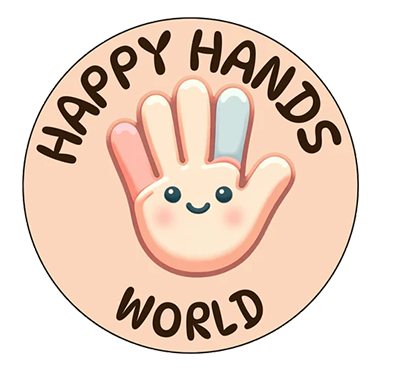Recognizing and Responding to Childhood Depression

Recognizing and Responding to Childhood Depression
As a mother, there’s nothing more heart-wrenching than seeing your child in pain especially when it’s emotional. We often picture childhood as a joyful, carefree time.
But the truth is, children can experience deep sadness too. Childhood depression is real, and while it may look different than adult depression, it deserves just as much attention and care.
In this post, I want to gently walk you through what childhood depression looks like, why it happens, and how you can respond if your child is struggling.
What Does Childhood Depression Look Like?
Children don’t always have the words to describe what they’re feeling. Instead of saying “I feel depressed,” they might act out, withdraw, or complain about physical discomfort. Here are some signs to watch for:
1. Persistent Irritability or Sadness
Your child might not cry often but may seem constantly grumpy, easily frustrated, or unusually quiet for weeks on end.
2. Loss of Interest in Play
A once playful child may suddenly lose interest in games, toys, or spending time with friends.
3. Fatigue and Low Energy
They may appear physically tired, move slowly, or say they don’t have energy — even after a good night’s sleep.
4. Physical Complaints
Frequent stomachaches or headaches with no medical cause are often signs of emotional distress.
5. Changes in Appetite or Sleep
They may eat noticeably less (or more), have trouble falling asleep, or sleep far more than usual.
6. Low Self-Esteem and Guilt
Listen for statements like “I’m no good,” “Nobody likes me,” or “Everything is my fault.”
7. Social Withdrawal
They may stop playing with siblings, avoid group activities, or isolate in their room.
8. Difficulty Concentrating
A drop in school performance, forgetfulness, or zoning out can be signs their mind is clouded by emotional overwhelm.
9. Hopelessness or Thoughts of Death
While rare, some children express thoughts about death in subtle ways. Any such talk should be taken very seriously.
💛 Trust your instincts. If your child seems “off” for more than a couple of weeks, especially if it affects their daily life, it’s worth exploring further.
How Common Is Childhood Depression, and Why Does It Happen?
While not as common as in teens, childhood depression affects about 1–2% of children under 12. The number rises in adolescence. Here’s why it might happen:
- Biological factors: Genetics and brain chemistry play a role.
- Temperament: Some kids are naturally more sensitive or prone to emotional overwhelm.
- Family environment: High stress, divorce, or parental mental health challenges can affect children deeply.
- Trauma or loss: The death of a loved one, bullying, or abuse can all be triggers.
- Academic and social pressure: Struggles at school or feeling left out socially can hurt self-worth.
- Major changes: Moving houses, changing schools, or family changes (like a new sibling) can disrupt a child’s sense of security.
Sometimes, there’s no clear reason. And that’s okay. What matters is noticing the change and offering support.
How You Can Support Your Child
If you suspect your child may be struggling with depression, here’s how you can help:
1. Start the Conversation
Find a calm, non-judgmental moment to say something like:
"I’ve noticed you seem sad a lot lately. Do you want to talk about it? I’m here to listen, no matter what."
For younger kids, drawing or using toys might help them express feelings. For older children, be patient and keep the door open for multiple conversations.
2. Validate Their Feelings
Avoid saying “It’s not that bad” or “You’ll get over it.” Instead, say:
"That sounds really hard. I believe you. Thank you for telling me."
3. Create a Safe and Predictable Environment
Keep routines stable, offer comfort, and avoid adding extra pressure. Kids thrive when they feel safe and understood.
4. Encourage Small Joys
Gently invite them to do simple, enjoyable activities — a nature walk, baking cookies, reading a favorite book together. Don’t force it, but keep showing them that joy still exists.
5. Seek Professional Help
If the symptoms persist or worsen, talk to your pediatrician or a child psychologist. Childhood depression is treatable — and early intervention makes a big difference.
Remember: Seeking help doesn’t mean you’ve failed. It means you’re doing everything in your power to support your child.
Let’s Keep the Conversation Going
As a mom and psychology graduate, I’ve seen firsthand how early emotional support can change the course of a child’s life. Our children need us to see them, hear them, and believe in their pain — even when they can’t fully explain it.
Let’s stop brushing off signs as “just a phase.” Let’s normalize talking about mental health from the start.



